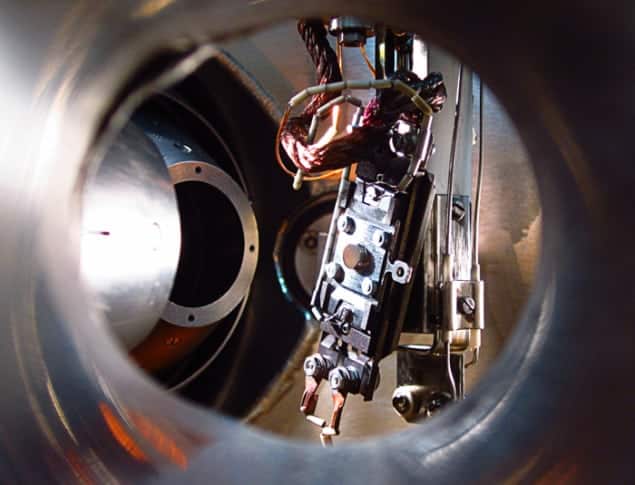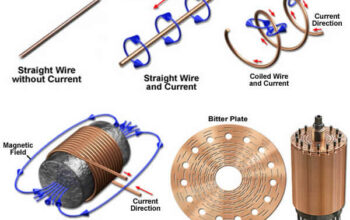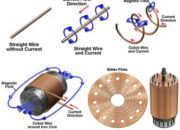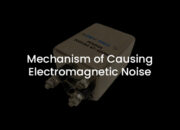Electron coincidence spectroscopy (ECS) has emerged as a groundbreaking analytical technique that has recently transitioned from sophisticated experimental setups to more accessible laboratory bench applications. This methodological evolution has significant implications for the study of electron interactions within atoms and molecules. ECS exploits the simultaneous detection of multiple electrons generated from a common ionization event, offering unparalleled insight into electronic structures and correlated electron dynamics.
The versatility of ECS can be appreciated through its myriad applications across diverse fields such as atomic, molecular, and condensed matter physics. By delving into the intricate interplay of electrons, researchers can glean vital information on phenomena ranging from molecular bonding and reaction mechanisms to the characterization of nanoscale materials. The following discourse will elucidate the essence of Electron Coincidence Spectroscopy, its methodology, enhancements facilitating its adoption in laboratories, and its broad sources of data and results.
At its core, ECS functions by utilizing electron impact ionization techniques, wherein high-energy electrons are directed towards a target, resulting in the ejection of other electrons from the same vicinity. The key to its efficacy lies in the correlational analysis of the resultant electrons; by measuring the time of flight and kinetic energy of multiple ejected electrons almost simultaneously, ECS constructs a detailed portrait of electronic correlations.
The inherent challenge with conventional electron spectroscopy techniques has often been the difficulty in discerning the underlying correlations between ejected electrons. However, ECS mitigates this issue by emphasizing the coincidental detection of multiple electrons, capturing electronic interactions that are traditionally obscured in single-electron spectrometric techniques. The sophistication embodies a holistic approach, unveiling correlations that contribute to a more complete understanding of the electronic structure.
The impact of ECS on experimental physics is augmented by the development of advanced instrumentation. Contemporary ECS systems are characterized by their high-efficiency detectors, which have significantly improved the limits of detection and resolution. These systems are often coupled with sophisticated data acquisition algorithms that facilitate real-time analysis of electron interactions. As a result, researchers can now realize crucial experimental designs that were previously limited by the constraints of traditional apparatus.
Moreover, the shift of ECS from large-scale synchrotron facilities into smaller, more accessible lab settings is groundbreaking. The miniaturization of instruments, combined with the enhancement of detector technologies, allows for ECS to be integrated into routine experimental workflows. Consequently, this democratization of technology enables a broader range of researchers, including those working in academic institutions or small-scale laboratories, to conduct high-level experimental analyses that contribute to cutting-edge research.
Readers can anticipate a wealth of data types generated through ECS applications. The spectroscopic data produced are rich and multidimensional, encompassing electron emissions across various energy levels and angles of emission. This extensive data can be further dissected to present insights not only into the fundamental properties of simple gases or complex organic molecules but also into the intricate behavior of materials at nanoscale dimensions.
Furthermore, ECS facilitates the exploration of quantum phenomena such as electron correlations and entanglement. By studying electron pairs ejected in coincidences, researchers can observe phenomena such as two-particle interference and quantum entanglement directly within a laboratory setting, offering a practical window into quantum mechanical theories that have traditionally been confined to theoretical discourse.
The collaborative nature of research involving ECS equally deserves focus. Given the complex nature of the technique, interdisciplinary cooperation is often required. Physicists, chemists, materials scientists, and even engineers frequently come together to harness the full potential of ECS techniques. This collaborative environment fosters a rich exchange of ideas and methodologies, generating a confluence of innovative approaches that propel the field forward.
The influence of ECS is broadening not just within academic realms but also within industrial sectors. Applications in semiconductor manufacturing, for example, may involve the analysis of material interfaces at the atomic level, ensuring that the electronic properties meet functional specifications. The technology’s potential to evaluate and improve material quality serves to illustrate the practical importance of ECS, bridging the gap between fundamental research and real-world applicability.
Ethical considerations and implications surrounding data interpretation in ECS applications are paramount. Given the sensitive nature of data collected via coincidence detection, it is imperative that researchers adhere to stringent guidelines for data analysis and reporting. Maintaining transparency in data interpretation and drawing correlations responsibly is critical, ensuring that ECS remains a reliable pillar within the scientific community.
In summary, Electron Coincidence Spectroscopy represents a pivotal advancement in the analytical capabilities of modern physics laboratories. Its evolution from large-scale experimental setups to convenient lab instruments marks a transformative phase for scientific inquiry into electronic interactions. Readers engaging with topics pertaining to ECS will find a rich tapestry of techniques, data interpretations, and interdisciplinary collaboration, all contributing to a deeper understanding of the complex behaviors governing electronic structures. This technique promises to not only propel theoretical advancements but also facilitate novel discoveries across numerous disciplines in the physical sciences.












